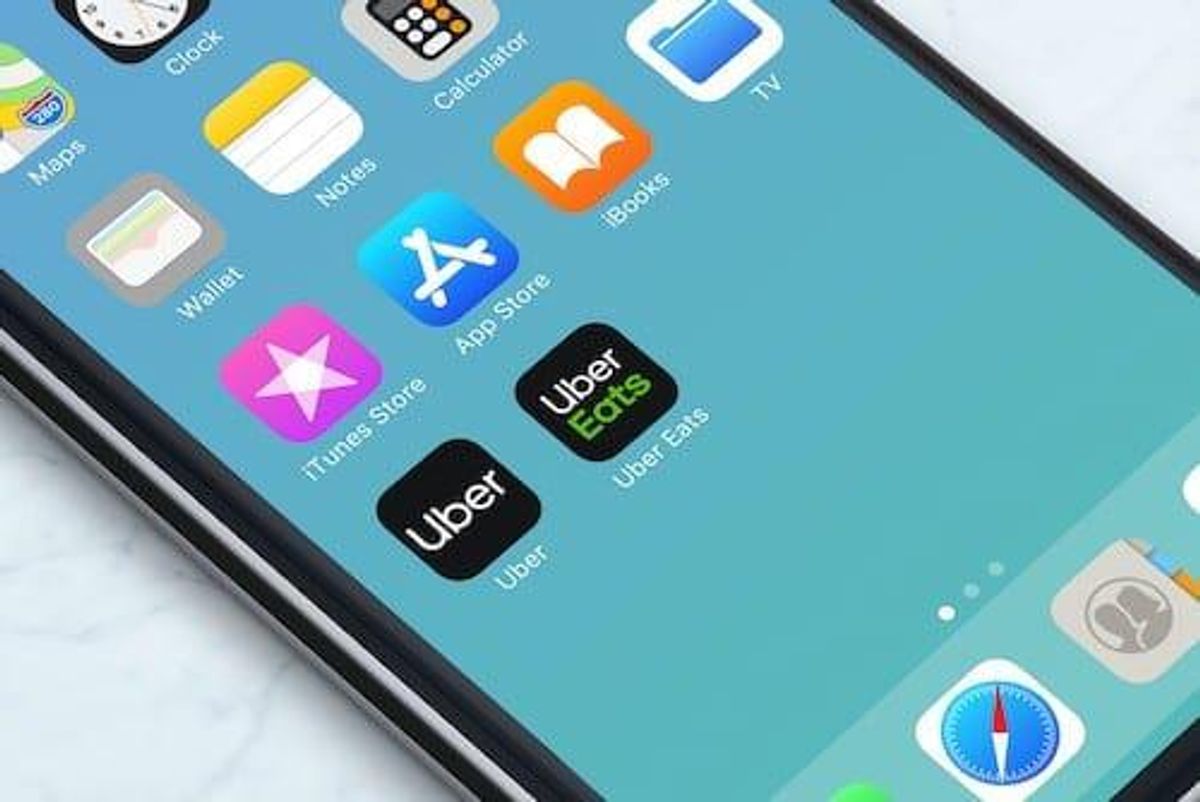Uber Eats Growing Through COVID-19 via Connectivity, Delivery

Mobile connectivity and food delivery companies have experienced growth during the pandemic, and Uber Eats straddles both industries.
As the economic toll of COVID-19 reaches far and wide, a handful of sectors have experienced growth. Most notable are those that provide remote connectivity.
Uber Eats, a division of Uber (NYSE:UBER), is one such company, and it also has a foot in the food delivery industry — another market that has seen significant growth since March.
Those factors have allowed the company to thrive despite the pandemic. In fact, since the start of 2020, more than 6,000 cities have reported a 30 percent increase in Uber Eats orders.
Adapting to the COVID-19 outbreak
During an interview at this year’s Collision conference, held remotely, Pierre-Dimitri Gore-Coty, vice president of Uber Eats, discussed taking over the company during a pandemic, Uber Eats’ recent success and what is next for the food delivery service.
“There are about 400,000 restaurants globally that are using the Uber Eats platform,” he said. The number of couriers ranges from country to country, but is in the hundreds of thousands.
That doesn’t mean the coronavirus outbreak has been without bumps in the road — Gore-Coty said that over the last four months, the Uber platform has had to adapt to lockdown measures.
“We have allowed through the crisis a lot of (Uber) drivers to actually become (Uber Eats) delivery people. In the US, up to 40 percent of the drivers have moved to the delivery side of things.”
This flexibility has allowed the app to dominate the food delivery landscape — recent reports suggest that 24 million new users downloaded the app during Q2 alone.
The US tops the list of countries with the most Uber Eats downloads, at 18.7 percent, while Japan and Brazil have also experienced significant market share growth.
New sources of revenue for Uber Eats
With the surge in demand, the company has begun to explore other potential revenue streams. Grocery delivery and third-party delivery are two of the “structural shifts” that Gore-Coty mentioned.
The vice president then discussed the purchase of grocery startup Corner Shop, which Uber announced plans to acquire last fall. The deal, which faced antitrust scrutiny, has been overshadowed by the announcement in late June that Uber will be acquiring Postmates for an all-stock price of US$2.5 billion.
The Postmates deal is aligned with Uber Direct, a third structural shift that Gore-Coty referenced. Embracing these new verticals is part of the company’s sustainability strategy.
“We think that right now with grocery and restaurant food, we have actually a pretty enormous category for us to tap into. We see a lot of growth ahead of us — I’d say that’s our primary focus at this point.”
M&A activity and fee controversy
The executive at Uber Eats remained tight-lipped about the company’s rumored GrubHub (NYSE:GRUB) takeover, but did touch on M&A activity in the sector.
“The industry is still quite fragmented; it is an industry where traditionally there has been a lot of M&A,” said Gore-Coty. “I would expect that trend to continue around the world like it has over the last 10 years.”
Gore-Coty’s leadership role at the food delivery platform is relatively new given that he took over just as the pandemic hit. In the wake of his appointment, the app has been at the center of controversy around courier pay and restaurant fees.
While not directly addressing the controversy, Gore-Coty defended the Uber Eats business model. He noted that fees are in line with the complete service model the company provides.
“What Uber Eats does that is very different … (is) we actually take care of the logistics ourselves through the network of couriers that we have across countries where we operate. So that indeed translates into a higher service fee, a higher commission to restaurants, than some other players might charge.”
With several key takeovers and acquisition under its belt, the company is in transition. It is striving to be not only a people mover, but also a company that handles logistics, from people to food to products.
Don’t forget to follow us @INN_Technology for real-time updates!
Securities Disclosure: I, Georgia Williams, hold no direct investment interest in any company mentioned in this article.
